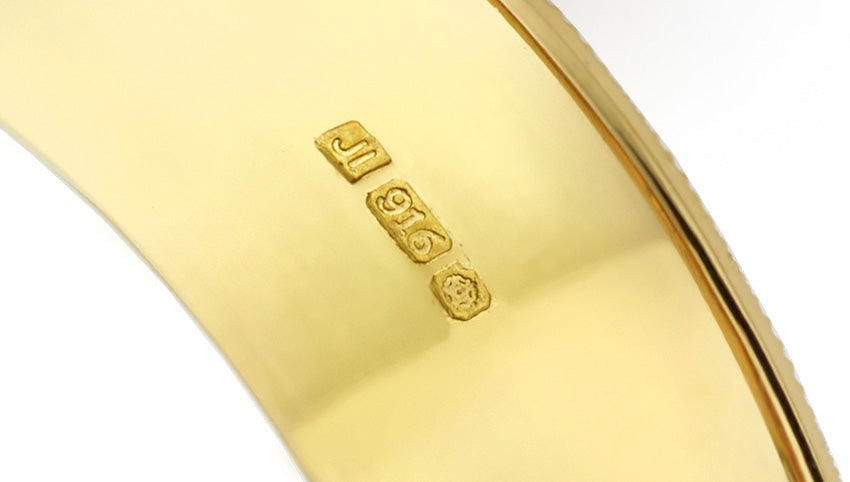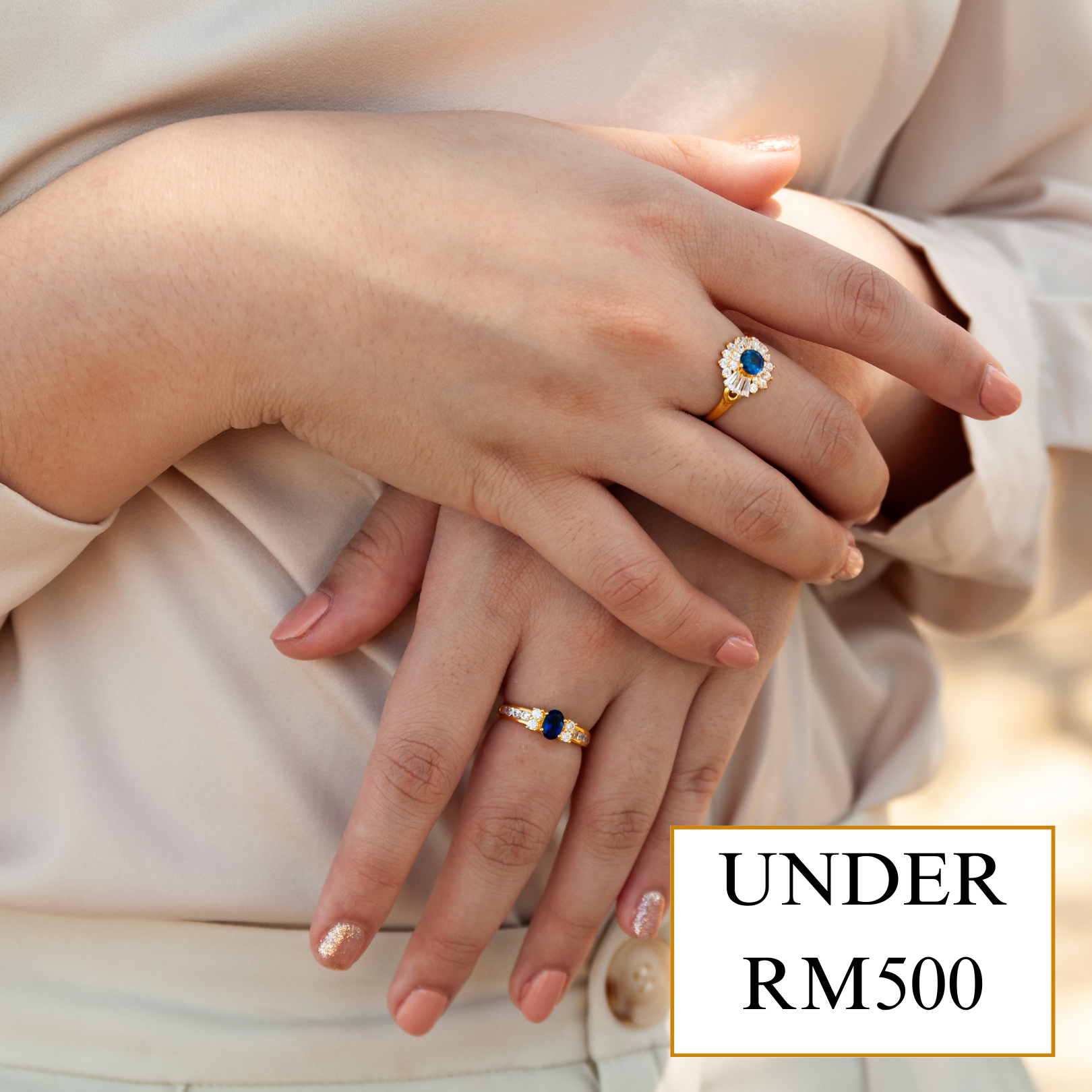Gold has always captivated us with its timeless beauty, but not all gold is created equal. When it comes to jewelry, two popular choices are 916 gold and 24K gold. Let's explore the key differences between these two and the advantages they offer, making your choice easier.
916 Gold: The Best of Both Worlds
Gold Purity: 916 gold is an alloy made up of 91.6% pure gold, ensuring that it retains that unmistakable golden allure. In contrast, 24K gold is 100% pure gold.
Durability: The inclusion of other metals in 916 gold enhances its durability, making it suitable for everyday wear. It's less prone to scratches and dents compared to the softer 24K gold.
Color: 916 gold boasts a radiant golden color with a slightly reddish or greenish hue due to its alloy composition. This unique color sets it apart from the pure yellow of 24K gold.
Craftsmanship: Jewelers prefer working with 916 gold due to its malleability. It allows for intricate designs and detailed patterns that may be challenging to achieve with 24K gold.
24K Gold: The Pinnacle of Purity
Pure Gold: As the purest form of gold, 24K gold offers the ultimate in terms of purity and natural beauty. It's truly a symbol of luxury and wealth.
Hypoallergenic: Because it contains no other metals, 24K gold is hypoallergenic, making it an excellent choice for those with sensitive skin.
Investment: Investors often favor 24K gold for its high intrinsic value. It's seen as a long-term store of value, and its price tends to align closely with gold market trends.
Your choice between these two remarkable gold types ultimately depends on your preferences, whether it's for everyday elegance or pure, unadulterated luxury. Now that you're aware of their differences, you can confidently select the perfect gold for your jewelry needs.





